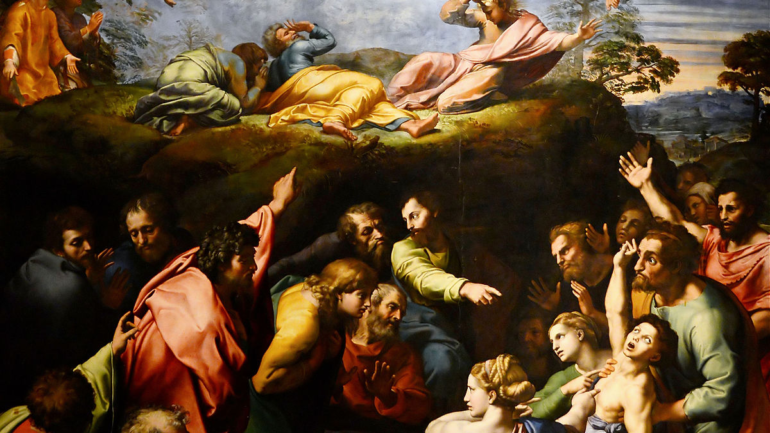Today, I will introduce to you an important composer from the transitional period between the Renaissance and Baroque: Claudio Monteverdi.
Monteverdi: The First Internationally Renowned Composer
- Claudio Monteverdi (1567–1643) was the first internationally recognized composer. Before him, musicians were mostly civil servants working for the Church and had little fame. Monteverdi stands as a transitional figure between the Renaissance and Baroque periods, considered a groundbreaking musician in the history of classical music.
- Monteverdi, full name Claudio Monteverdi, was born in the small Italian town of Cremona. He had a profound impact on the development of music, particularly in basso continuo, harmony, and orchestration. While he was not the first composer to write operas, his operas have endured to this day, with his masterpiece Orfeo marking a pivotal moment in the maturation of the operatic form.
- Basso continuo is one of the most important features of Baroque music, and Monteverdi greatly enhanced its use in his compositions. In a typical piece, the soprano voice carries the main melody, the alto connects the high and low voices, and the bass conveys the emotional depth. Basso continuo provides a continuous independent bass line throughout the piece, creating a regular accompaniment pattern. With basso continuo, while the soprano voice may change constantly, the emotion of the entire piece remains stable, creating a strong sense of harmony.
- Basso continuo was a “formulaic” compositional method that provided composers with a convenient structure, making the process of writing music simpler. During performances, musicians playing the bass parts often found it quite dull, as the melodies were simple and the score often didn’t need to be fully written out. Instead, only a series of numbers (figured bass) would guide the performance. Although basso continuo became largely obsolete after the rise of classical music, it was of significant importance during the Baroque era, offering a practical compositional tool.
- Opera, as a musical form, was essentially shaped by Monteverdi, who created outstanding operatic works. Opera is a Western form of musical theater where composers and librettists collaborate to combine a storyline with music, resulting in a complete performance. Operas are divided into arias (lyrical pieces) and recitatives (narrative dialogue). Recitatives push the plot forward with simple music accompanying spoken-like dialogue, while arias are used to express emotions through sung melodies. Monteverdi’s work refined and perfected these basic forms.
- Some of Monteverdi’s most notable operas include L’Orfeo, Il Combattimento di Tancredi e Clorinda, Ulisse (The Return of Ulysses), and Coronation of Poppea. These operas are considered some of the earliest examples in opera history. Particularly, L’Orfeo is so remarkable that it became a model for later operatic composers, inspiring many to write their own operas based on its theme.
- Monteverdi’s greatness lies not only in his contributions to basso continuo, opera, and other musical forms, but also in his pioneering role in the music world. During the Renaissance, there was no recording technology, and music notation had not yet been invented. Unlike painting, sculpture, and architecture, the music of ancient Rome and Greece could not be preserved for future generations to reference. Therefore, for Renaissance artists, composing music was an immense challenge. This highlights the significant impact Monteverdi had on the development of music.
Tip:
Cremona, the “Home of the Violin”
Monteverdi’s hometown, Cremona, has an inseparable connection to music and is known as the “Home of the Violin.” The violin is often considered to have originated in Cremona, and many of the world’s finest violin makers have come from this town. Cremona’s violin craftsmanship is unparalleled in the world.
If you visit there, be sure to try Risotto, a famous Italian dish made with slightly undercooked rice, which is absolutely delicious.


